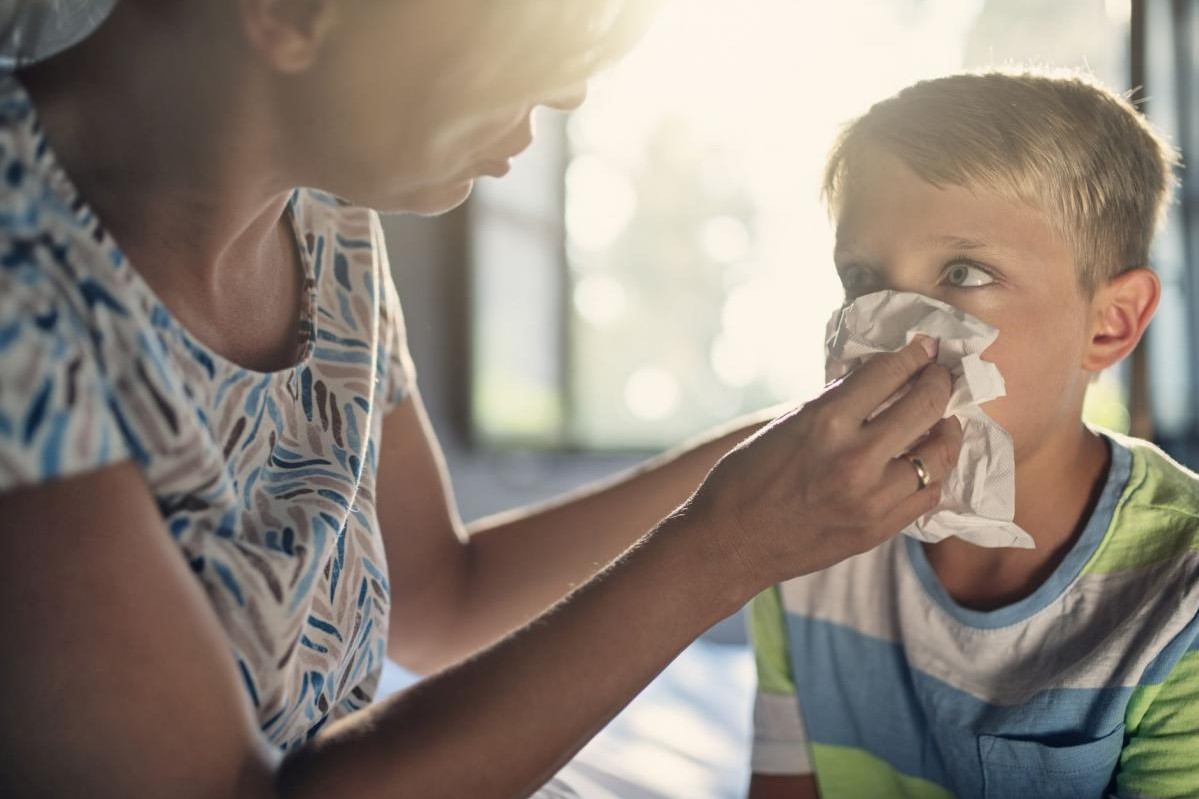
Epistaxis: First Aid Tips for Nosebleeds in Kids
Nosebleeds are common in children, and can be caused by a number of ways. A strong blow to the nose, poking and picking nostrils, and blowing too hard can all trigger a epistaxis
Other times, such nosebleeds in kids have no apparent cause
However they come about, the bleeding can appear very heavy because the nostrils have a large supply of blood vessels that are close to its surface.
Children experience frequent nosebleeds but sometimes it can be dangerous.
By applying some basic first aid treatment and having the proper first aid training, it’s possible to treat nosebleeds in children easily.
Here Are Some of the Signs for Nosebleeds
- Nose bleeding from the front for a few moments, is easily controlled or stops on its own within a few moments.
- Signs of blood on a child’s clothing due to nosebleed.
It’s equally important to be able to identify more serious nosebleeds
Some of the signs to watch for include:
- Nosebleeds that continue for more than ten to fifteen minutes.
- Excessive flow of bright red blood which may be spurting, as this can indicate artery involvement.
Ears or mouth bleeding in addition to the nose.
This can indicate a much more severe injury.
What is the First Aid Treatment for Nosebleed?
Instruct the child to sit up, tilting upper body slightly forward.
This allows the blood to drain from the front of their nose.
Avoid tilting head backward, this allows blood to trickle into throat and can cause further complications including choking or vomiting.
Avoid moving the child excessively and have them breathe calmly through the mouth.
Apply gentle pressure to the nostril that is bleeding by gently squeezing it between your finger and the bony cartilage that separates the nostrils. Continue this pressure for five to ten minutes which will facilitate the blood clotting. (Use a clock to ensure timing).
Where possible, apply a cold cloth across the bridge of the nose. This assists with the blood vessels constricting and reduces the blood flow.
After ten to fifteen minutes, release the pressure slowly. If the bleeding persists in spite of this treatment, repeat the same steps again.
Seek urgent medical attention immediately if bleeding continues to persist.
Once bleeding has subsided, encourage the child to rest quietly for thirty minutes or more.
Have the child sit up and prop up their head with pillows.
During this time the child must avoid blowing their nose or any picking/poking.
Such irritants can bring on another nosebleed.
Best practices and other tips
- Instruct the child to lean over a sink or basin during a nosebleed, so it can drain into it cleanly.
- Avoid overly dry air as it can bring on nosebleeds by drying out the nasal mucous membranes, which can in turn crack. Use a humidifier where possible, especially during the winter months and apply petroleum jelly or use saline drops to the nostrils at bedtime.
- Avoid any other irritants to the nose including picking.
Read Also
Emergency Live Even More…Live: Download The New Free App Of Your Newspaper For IOS And Android
What Are The Causes Of Nosebleeds In Adults And Children?
Epistaxis: What Causes Nosebleeds
First Aid For Bleeding: 6 Steps To Treat External Bleeding
What Should Be In A Paediatric First Aid Kit
Contusions And Lacerations Of The Eye And Eyelids: Diagnosis And Treatment
Ukraine Under Attack, Ministry Of Health Advises Citizens About First Aid For Thermal Burn
Electric Shock First Aid And Treatment
10 Basic First Aid Procedures: Getting Someone Through A Medical Crisis
The Physiologic Response To Bleeding
Bleeding In Trauma Patients: Tranexamic Acid (TXA) Has Minimal Effect In Stopping Bleeding
Compensated, Decompensated And Irreversible Shock: What They Are And What They Determine
How And When To Use A Tourniquet: Instructions For Creating And Using A Tourniquet
T. Or No T.? Two Expert Orthopaedics Speak On The Total Knee Replacement


